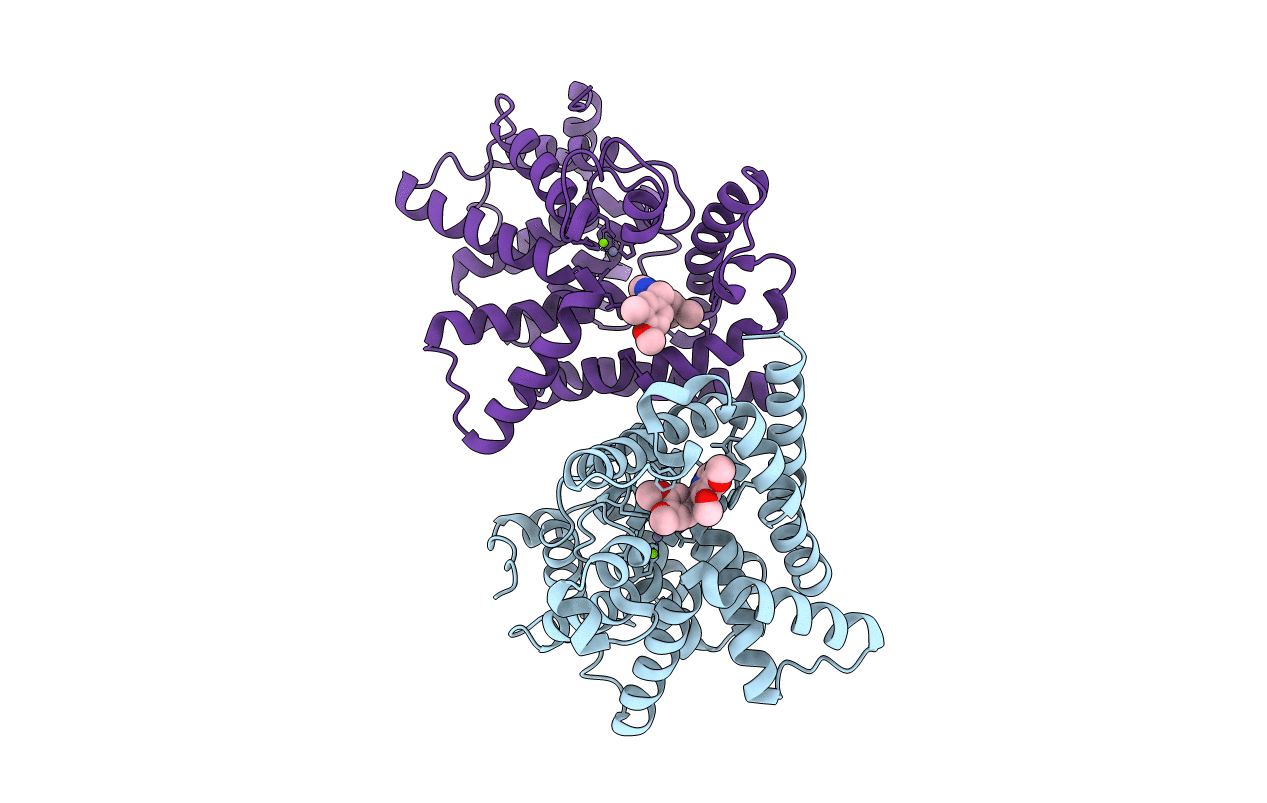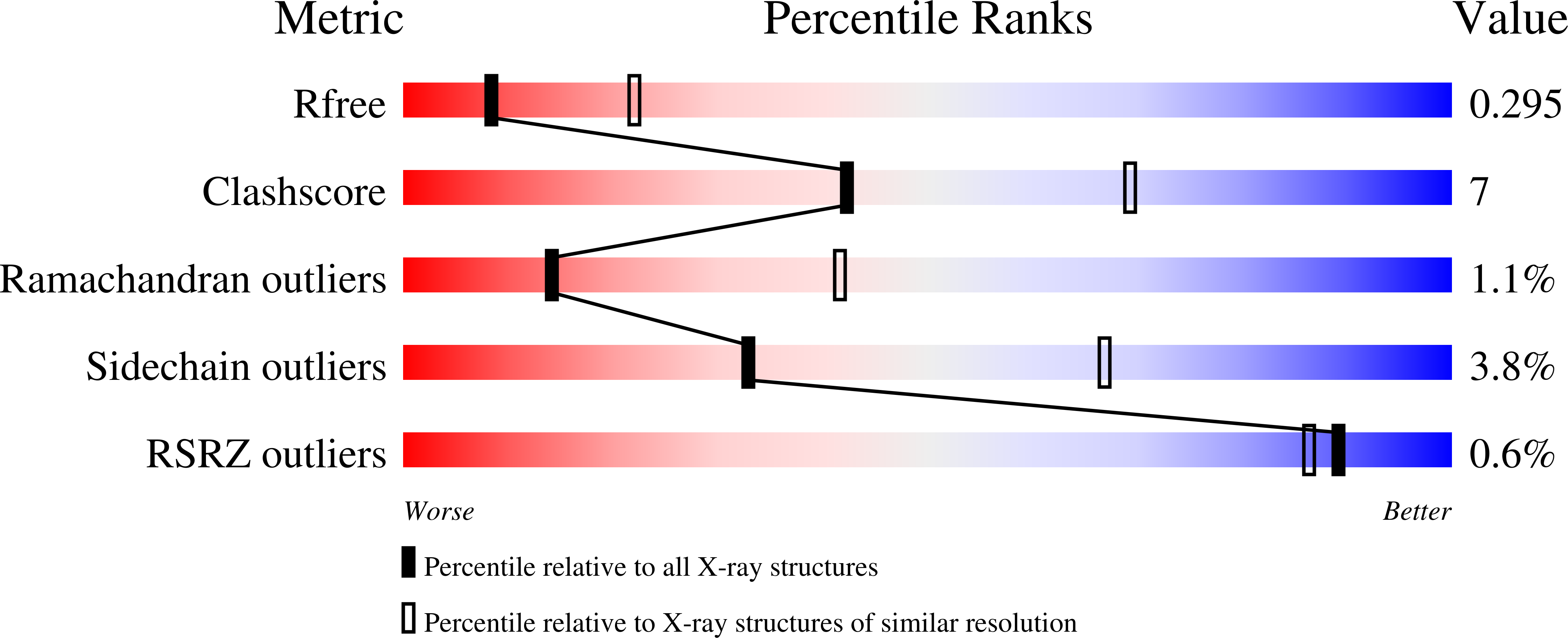
Deposition Date
2009-04-02
Release Date
2009-07-28
Last Version Date
2024-01-31
Entry Detail
PDB ID:
2WEY
Keywords:
Title:
Human PDE-papaverine complex obtained by ligand soaking of cross- linked protein crystals
Biological Source:
Source Organism:
HOMO SAPIENS (Taxon ID: 9606)
Host Organism:
Method Details:
Experimental Method:
Resolution:
2.80 Å
R-Value Free:
0.30
R-Value Work:
0.23
R-Value Observed:
0.24
Space Group:
P 21 21 21


